The US has begun delivering drones to its military as part of the Replicator initiative aimed at countering China’s growing defense capabilities. This move reportedly signifies a significant step in the Pentagon’s strategy to level the playing field against the People’s Liberation Army (PLA).
The Replicator Initiative: An Overview
Earlier this month, the US military started receiving unmanned aerial vehicles (UAVs) under the Replicator initiative. This program is designed to counteract China’s military advantages. The Pentagon disclosed that the drones include types used in the Ukraine war, which are likely to be deployed in the Indo-Pacific region.
Deputy Secretary of Defense Kathleen Hicks confirmed the deliveries, emphasizing the innovation and speed of the program.
She stated, “This shows that warfighter-centric innovation is not only possible; it’s producing real results.”
Hicks highlighted that the initiative is not just about delivering systems but also about speeding up capability development while mitigating risks and overcoming systemic barriers within the Department of Defense.
Secrecy and Strategy
The Replicator initiative, unveiled in August last year, focuses on deploying “all-domain attritable autonomous” (ADA2) systems. These systems include uncrewed surface vehicles, aerial systems, and counter-uncrewed aerial systems. Hicks described the initiative’s aim to overcome China’s significant advantage in military mass.
“Replicator is meant to help us overcome the [People’s Republic of China’s] biggest advantage, which is mass. More ships. More missiles. More people,” Hicks said.
The US plans to counter this with a more agile and unpredictable approach using advanced technology.
The initiative aims to deploy thousands of these ADA2 systems by August 2025. This effort is part of a broader strategy to enhance US military capabilities in the Indo-Pacific region.
Funding and Deployment
The US Congress has approved $500 million for the Replicator initiative this financial year, with a similar amount requested for the next financial year starting October 1. One of the drones included in this initiative is Aerovironment’s Switchblade 600, known for its effectiveness in Ukraine against Russian forces. This drone is likely to see deployment in the Indo-Pacific region.
Admiral Samuel Paparo, commander of the US Indo-Pacific Command, emphasized the importance of these capabilities. “This is a critical step in delivering the capabilities we need, at the scale and speed we need, to continue securing a free and open Indo-Pacific,” Paparo said on May 6.
China’s Military Ambitions
China has been rapidly modernizing its military, aiming to match US capabilities in the Pacific by 2027 and to become a “world-class” military by 2049. President Xi Jinping has spearheaded efforts to transform the PLA, making China a leading producer and exporter of UAVs. According to the Stockholm International Peace Research Institute (SIPRI), China has exported over 280 combat drones in the past decade to regions including the Middle East, North Africa, and South Asia.
Since December 2022, China has been constructing the world’s first dedicated drone carrier, primarily to host fixed-wing UAVs, based on satellite image analysis.
DroneXL’s Take
The delivery of drones under the Replicator initiative marks a pivotal moment in US military strategy. This initiative showcases the US’s commitment to leveraging advanced technology to maintain a competitive edge against China’s growing military might. The focus on agility, innovation, and rapid deployment reflects a broader shift in how military power is projected in the modern era.
For drone enthusiasts and industry insiders, the Replicator initiative highlights the increasing significance of UAVs in global military strategy. As the US and China continue to innovate and expand their drone capabilities, the future of warfare will undoubtedly be shaped by these autonomous systems. The Replicator initiative not only aims to enhance the US military’s operational capabilities but also signals a strategic shift towards more sophisticated and adaptable forms of combat technology.
Featured image for illustration purposes only.
Discover more from DroneXL
Subscribe to get the latest posts to your email.


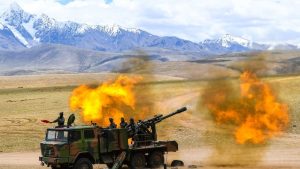
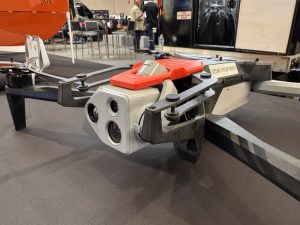
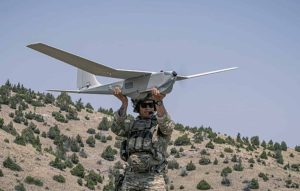


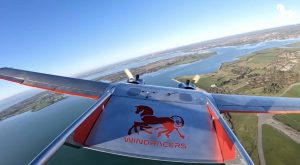
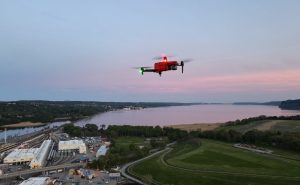
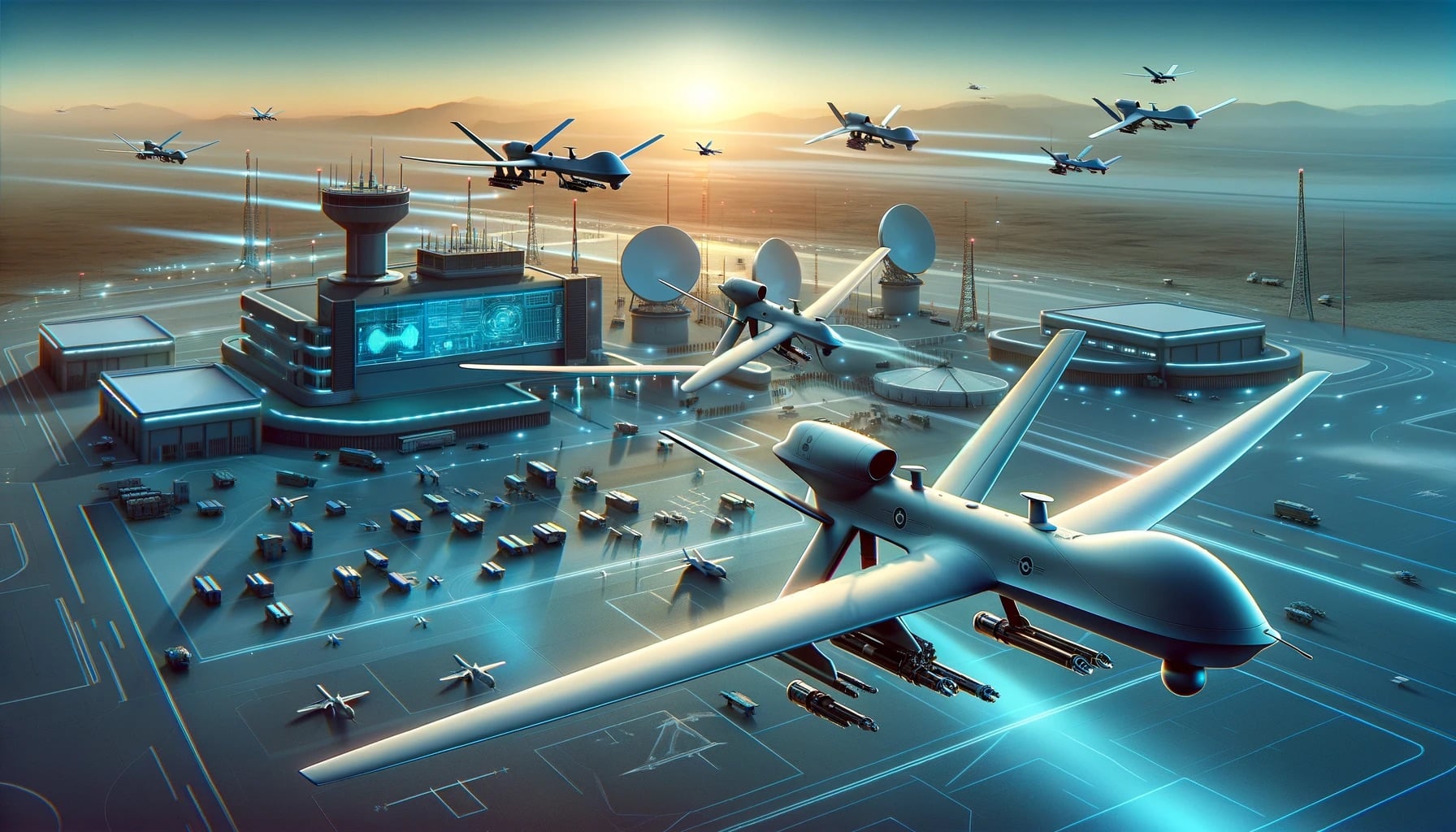
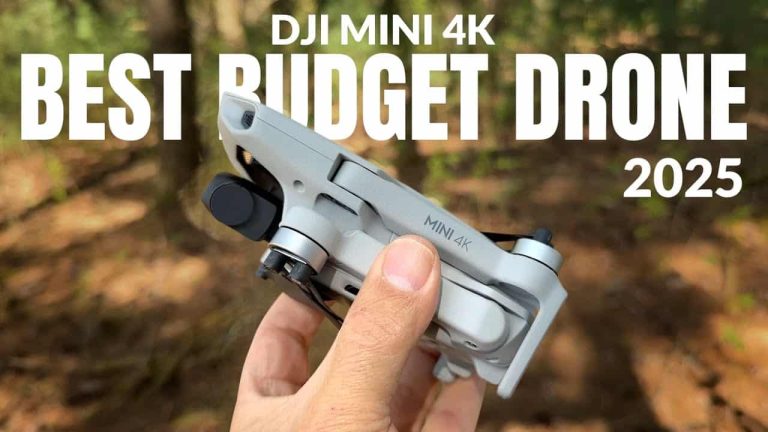
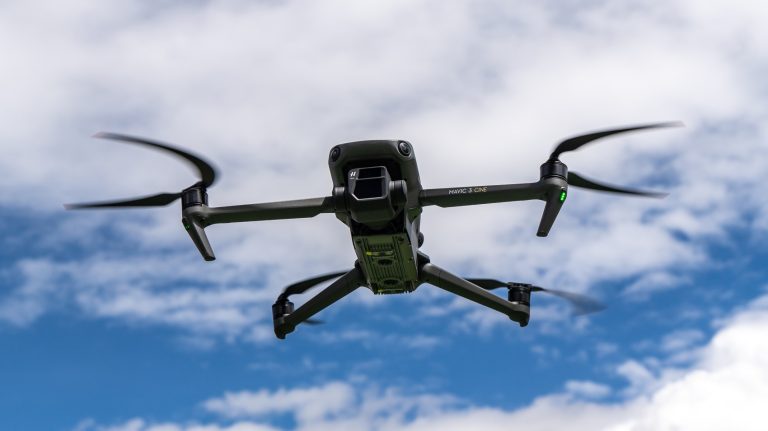
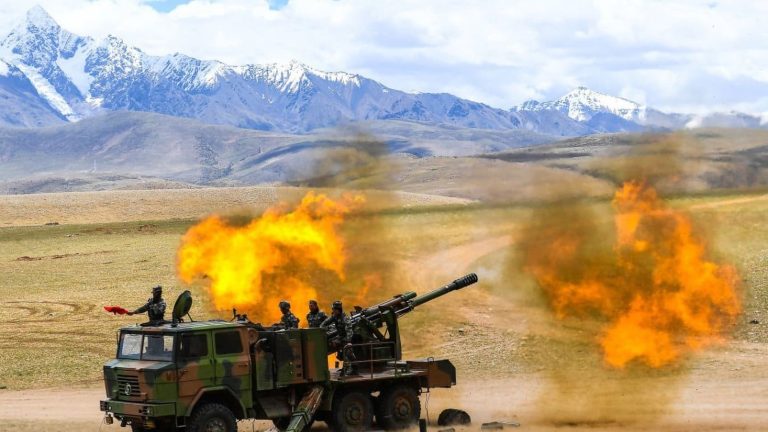

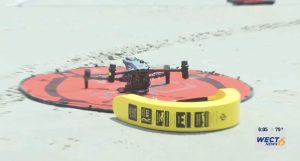
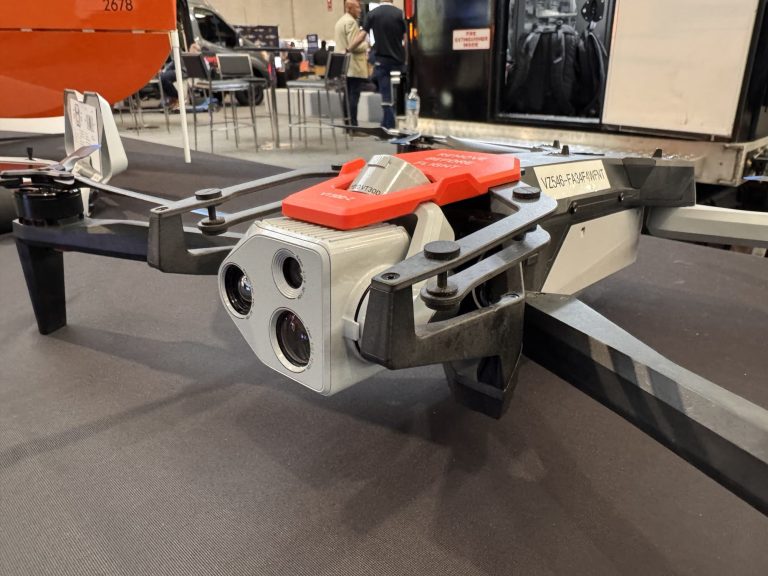
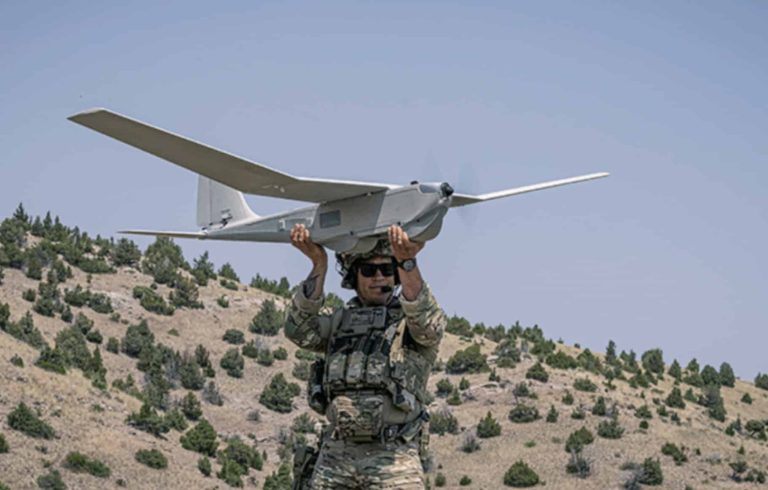


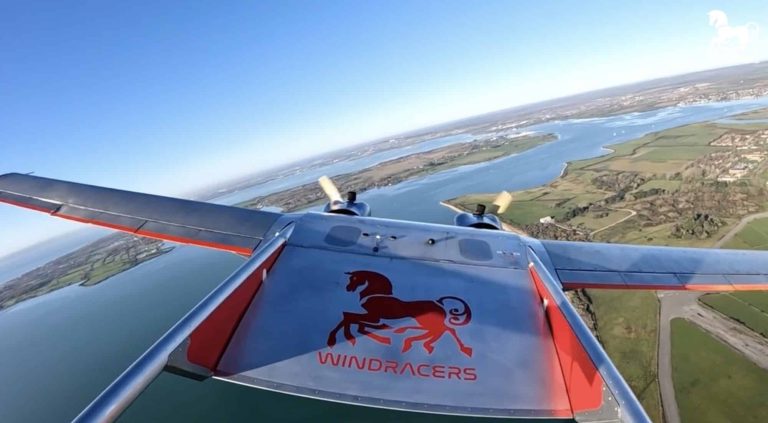
+ There are no comments
Add yours